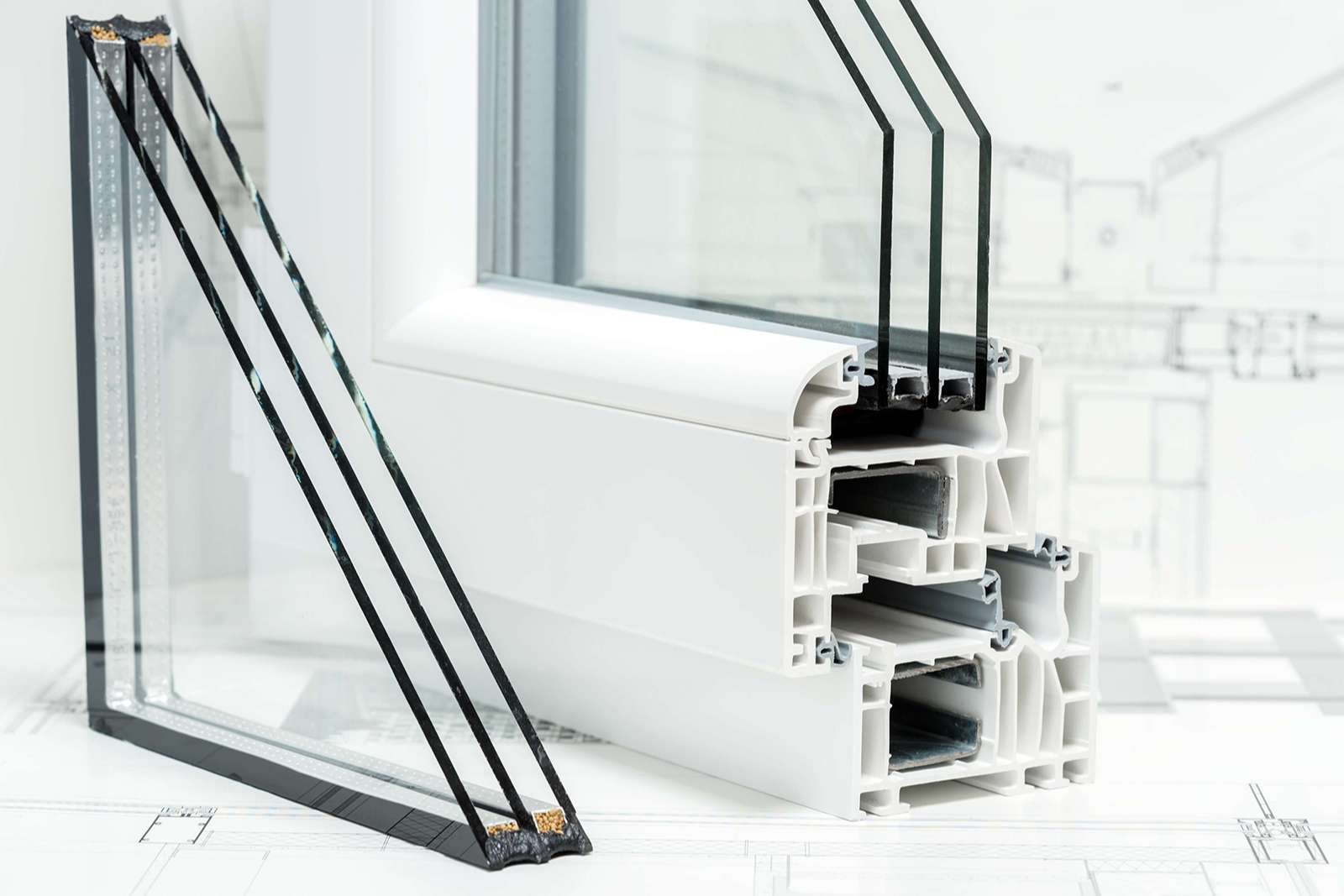


Expert Overview
- Windows have dozens of moving parts and pieces.
- Understanding the anatomy of a window helps consumers be better informed while shopping for replacement windows.
- Your sales representative should be able to explain what any part of a window is and why it’s important.
Windows have a lot of moving parts and pieces. Some are in our everyday language, like window sill. Others like mullions and muntins sound more like creatures than pieces of window engineering.
In fact, the window industry uses a variety of terms that aren't common knowledge to most people. Knowing these terms and basic construction information about windows can help you in the search for new windows. It can also help you when talking to window contractors and sales representatives at showrooms or in your home.
How much do I need to know about the parts of a window?
If the only thing you know about window sashes is the line from ‘Twas the Night Before Christmas,’ don’t worry, we can explain what they are. We can also explain what jambs and balances and any number of other things are.
In fact, explaining the technical ins and outs of replacement windows is our specialty. We make our windows ourselves, so we have a staff of experts at our disposal. Educating consumers is part of our mission, because better-informed homeowners are able to make better-informed decisions.
So the answer to the question, How much do I need to know about the engineering of a window? is best answered by another question: How much do you want to know? Whether you just want the basic definitions of things, or you want to learn in depth about the parts of the window, this guide has you covered.
A glossary of window parts
Let’s start with a basic glossary of window anatomy.
- Apron. The apron is the decorative trim or molding underneath the window’s stool or sill. The apron covers the gap between the framework of the window and the wall.
- Argon. Argon is the clear, non-toxic gas that is found between panes of glass to provide insulation. Learn more about argon gas.
- Balance. A balance is the device in the center of the window that balances the weight as the sash opens and closes.
- Casing. The casing is the decorative part of the window between the frame and the wall.
- Check rail. On a double-hung window, the check rail is the part of the window where the two sashes meet in the middle.
- Cladding. Window cladding is exterior protective cover over a wooden frame. Cladding can be either vinyl or metal. Learn more about window cladding.
- Frame. The frame provides support to the entire window, holding the other pieces in place. The frame consists of the jamb, head and sill.
- Glazing. The panes of glass in a window (single glaze, or single pane; double glaze, or double pane; triple glaze, or triple pane).
- Head. The head is the horizontal part of the window frame at the top of the window.
- Jamb. The jambs are the vertical parts of the window frame.
- Jambliner. The jambliner consists of strips that create a tight fit for the window sash.
- Lift. The lift makes it possible to raise a window in a single or double-hung window.
- Mullion. The mullion is a structural piece that fits between two distinct but closely spaced windows. Mullions can be horizontal or vertical.
- Muntins. Muntins are the wooden or vinyl pieces that divide panes of glass within the sash. Muntins give the window a grid-like appearance.
- Panes. The window panes are the glass of the window. Panes connect to the sash and, in some cases, grid-like bars called muntins. Window panes can be single, double, or triple for additional efficiency.
- Sash. The sash is the part of the window that holds the glass in place. On double-hung and single-hung windows, sashes slide up and down to open and close the window. On casement windows, the sashes swing open. Learn more about window sashes.
- Sash lock. The sash lock is a part that is found on a double or single-hung window. The sash lock prevents the sash from rattling in its frame.
- Sill. A window sill, also known as a window ledge or window bottom, is the shelf-like, flat piece of the window trim found at the base of the window. Window sills are important for both design and functionality of your window. Learn more about window sills.
- Stool. Stool is another word for the sill part of the window frame.
- Vinyl. Vinyl is the synthetic material used to make the majority of windows. Specifically, vinyl is comprised of extruded rigid PVC.
To see a more detailed diagram of a window or to learn more about how a window is installed, check out this piece about the anatomy of a window.

